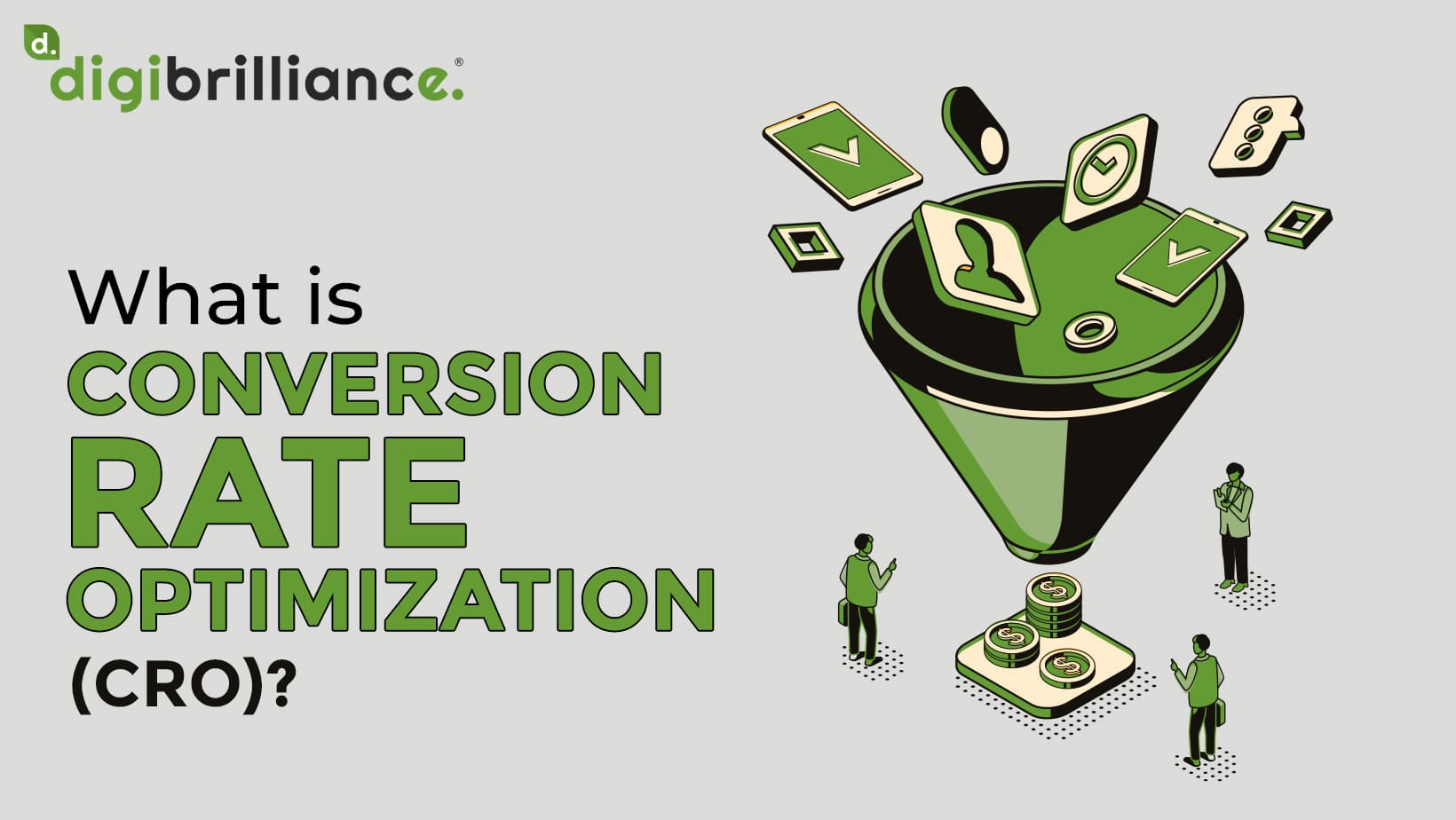In digital marketing, conversion refers to the desired action that a user takes on a website or digital platform, such as making a purchase, filling out a form, or subscribing to a newsletter. Essentially, conversion is the goal of a digital marketing campaign.
Conversion tracking is a key component of digital marketing analytics, as it allows marketers to measure the effectiveness of their campaigns and optimize their strategies for better results. By tracking conversions, marketers can determine which channels, ads, and messaging are driving the most conversions, as well as identify areas for improvement in the user journey and website design.
In addition to tracking individual conversions, marketers may also use metrics such as conversion rate, which measures the percentage of users who complete a desired action out of the total number of users who visit the website or engage with the campaign. By monitoring and optimizing for conversion rate, marketers can improve the efficiency and ROI of their digital marketing efforts.
Definition of Conversion Rate
Conversion rate is a digital marketing metric that measures the percentage of users who complete a desired action on a website or digital platform out of the total number of users who visit or engage with the site.
The desired action, also known as a conversion, can vary depending on the goals of the campaign or website and may include actions such as making a purchase, filling out a form, subscribing newsletter, or downloading file.
The conversion rate is calculated by dividing the number of conversions by the total number of users that are engaged with the site or campaign and multiplying the result by 100 to get the percentage. For example, if a website had 1,000 visitors and 100 of them made a purchase, the conversion rate would be 10% (100/1,000 x 100).
Conversion rate is a key metric for digital marketers, as it allows them to measure the effectiveness of their campaigns and optimize their strategies for better results. By monitoring and improving conversion rates, marketers can increase the efficiency and ROI of their digital marketing efforts.
Understanding Conversion Rate Optimization (CRO)
CRO involves analyzing website data and user behavior to identify areas of improvement and testing different strategies and elements to determine what drives the most conversions. This may include testing different headlines, calls to action, page layouts, forms, and images, as well as optimizing site speed, mobile responsiveness, and overall user experience.
The CRO process commonly involves the following steps:
Define goals: Determine the specific goals of the website or campaign, and identify the desired actions that users should take to achieve those goals.
Analyze data: Use website analytics tools to track user behavior and identify areas of the website that may be causing users to abandon the site or fail to complete desired actions.
Test and optimize: Develop and implement A/B tests or other experiments to test different strategies and elements, and analyze the results to determine which changes are most effective at driving conversions.
Repeat: Continuously monitor and optimize the website or campaign to maintain and improve conversion rates over time.
Effective CRO requires a deep understanding of user behavior and a commitment to ongoing testing and optimization. By improving conversion rates, businesses can increase the effectiveness and ROI of their digital marketing efforts, and drive more revenue and growth over time.
8 Effective CRO Tactics:
CRO (Conversion Rate Optimization) tactics are used to improve the percentage of website visitors who complete a desired action, such as making a purchase, filling out a form, or signing up for a newsletter. Here are some effective CRO tactics:
- Conduct A/B testing: A/B testing involves creating two versions of a webpage with one element being different between them, such as the color of a call-to-action button. Then, a test of which version performs better in terms of conversions.
- Optimize page load speed: Slow-loading pages can discourage visitors from staying on your website. Use tools like Google PageSpeed Insights to analyze your website’s load time and make necessary changes to improve it.
- Make navigation simple: Visitors should be able to easily find what they are looking for on your website. Keep your navigation menu plain and easy to use. Use breadcrumbs and search bars to help visitors find what they need.
- Improve your website’s design: Your website’s design should be visually appealing and easy to read. Use good-quality images and videos, and make sure your text is easy to read.
- Use social proof: Social proof, such as customer reviews and ratings, can influence visitors to make a purchase. Include reviews and ratings prominently on your website.
- Make use of urgency: Creating a sense of urgency can encourage visitors to take action. Use countdown timers and limited-time offers to create urgency and encourage visitors to take action.
- Personalize your content: Personalization involves tailoring your website’s content to the needs and preferences of your visitors. Use tools like personalized recommendations and targeted messaging to improve your visitors’ experience.
- Use persuasive copy: Your website’s copy should be persuasive and focused on the benefits of your product or service. Use clear and to-the-point language that speaks directly to your target audience.
By implementing these CRO tactics, you can increase the number of visitors who complete a desired action on your website, ultimately improving your conversion rate.
To know more about Digital Services, click here.




